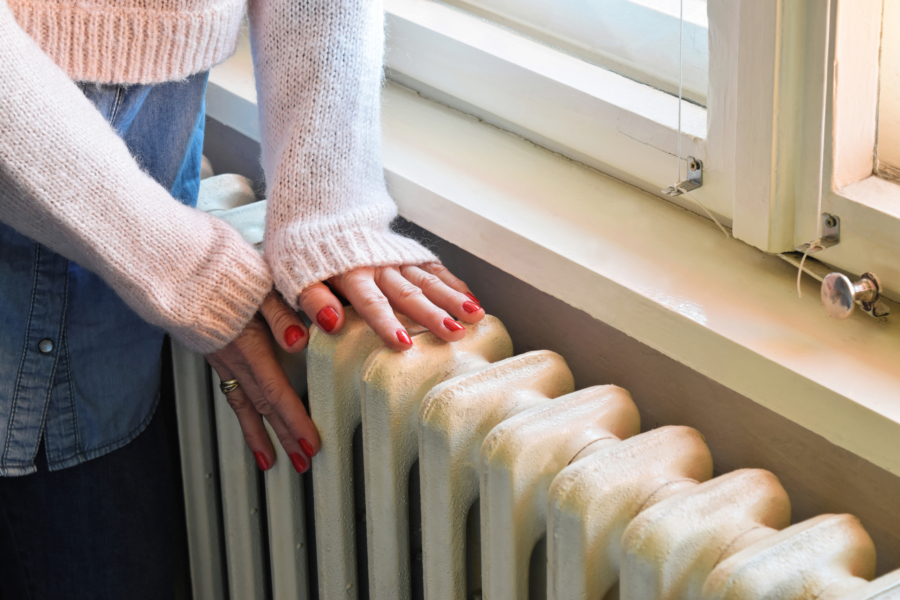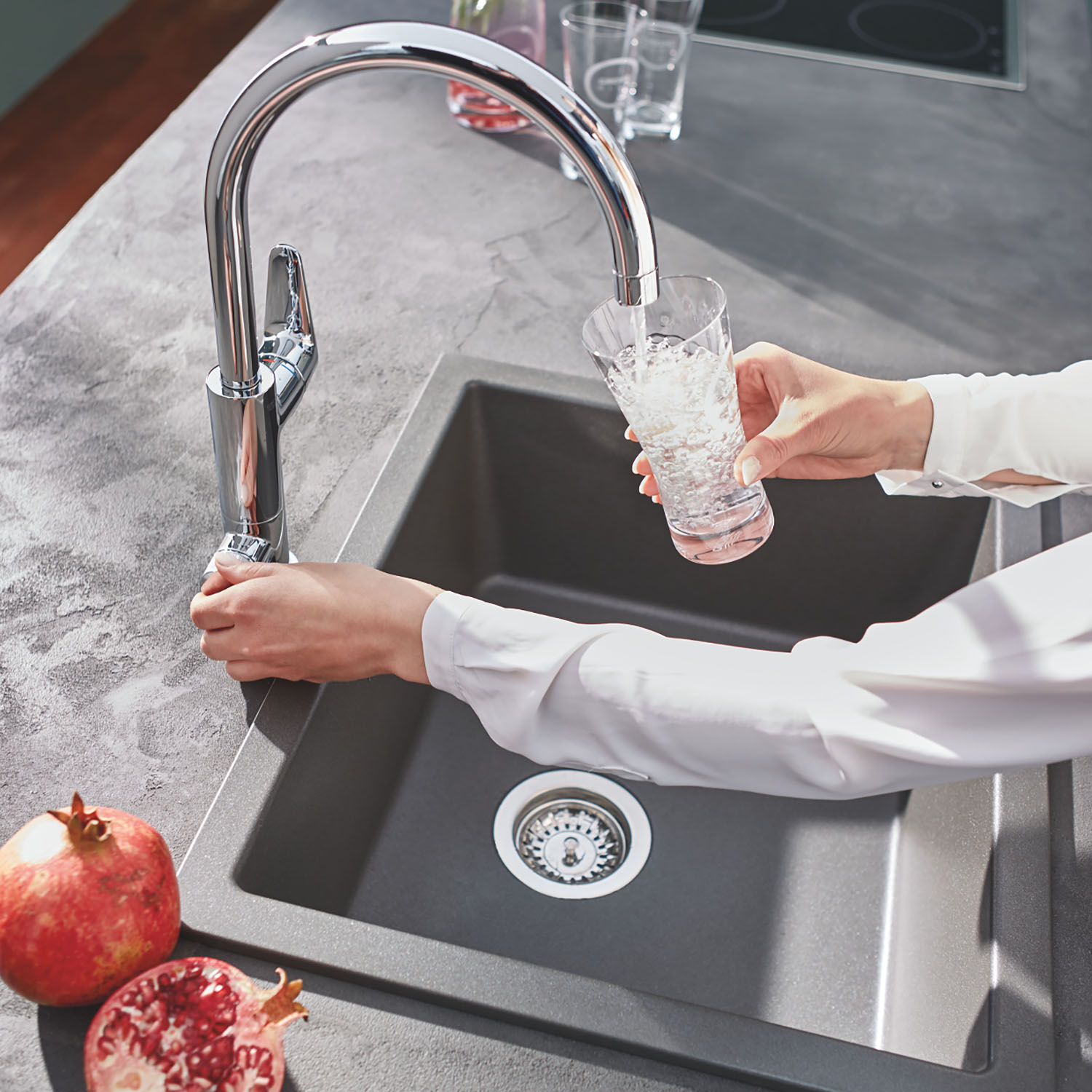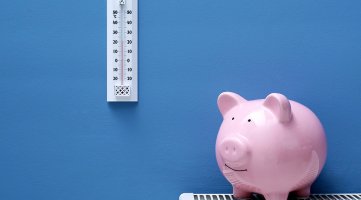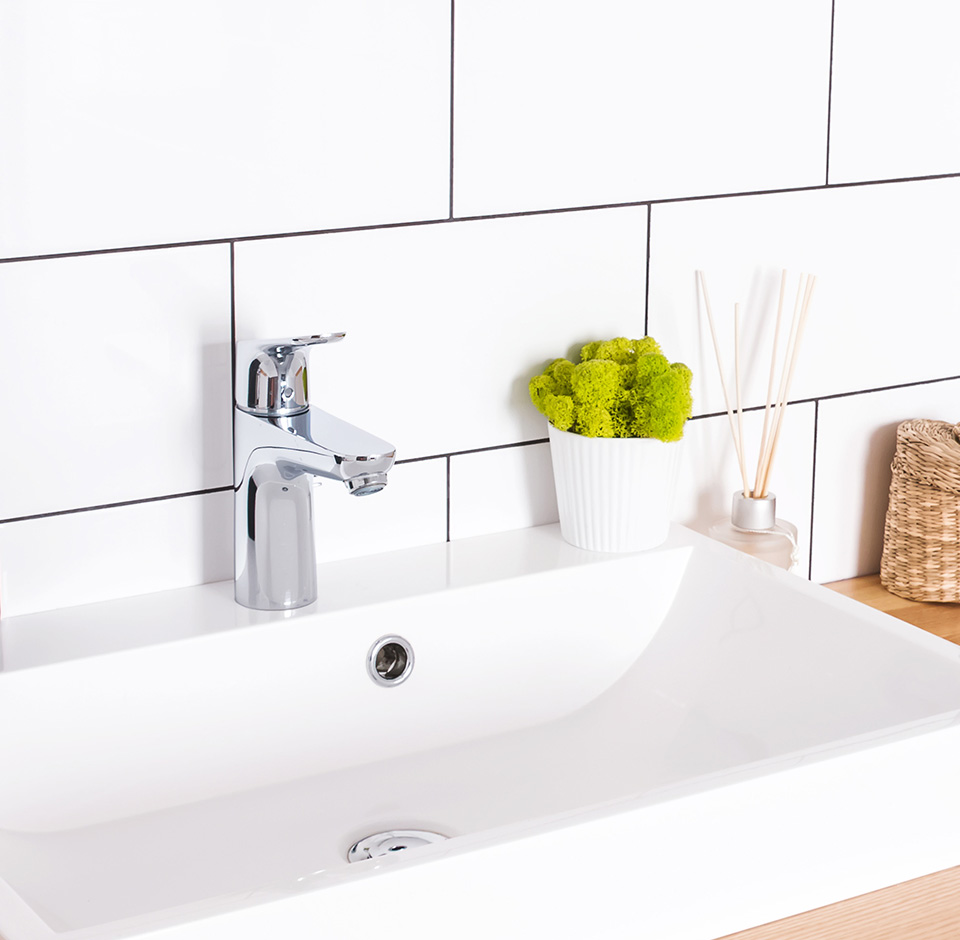How will working from home affect our heating bills?
As we get ready for the second national lockdown in the UK, millions of us are thinking about how this will affect our heating bills.
The new lockdown rules mean that many people who had gone back to work in the office will be preparing for home working again – and naturally, we will be consuming more energy to heat and light our domestic workspaces during the day.
As we navigate our way through November, many bill payers will be mindful that gas and electricity usage is 36% higher in winter than summer – in normal times.
We generally would heat our homes for an average eight hours per day in winter – ranging from seven hours for the those of us who have typical two heating periods (70% of UK homes), to ten hours per day for homes that just have one heating period. The peaks pre-pandemic were around 7am and 7pm.
Higher bills
Some estimates says that homeworkers will use 17% more gas and 25% more electricity than in COVID-free years. The research also shows that regularly working from home would cost £21 per household each day between October and next March.
With the majority of UK homes using gas for space heating, we spent about £550 each year, according to government figures. Those with oil boilers spend about £700 each year and, electric storage heaters on the lower Economy 7 tariff, the costs would be about £900 each year. The total energy used clearly increases when we add water heating costs.
In the winter, we heat our homes to an average room temperature of 18°C and while many of us have noticed that the weather in getting warmer during the darker months, for many areas the temperature hovers in single figures with the inevitable cold snaps that prompt us to turn up the thermostat.
We have all become much more used to warm and comfy homes with the adoption of central heating and better insulation in the past 50 years. It’s strange to think that in 1970, the average internal temperature of a UK home in the winter months was 12°C.

Basic levels of warmth
According to the World Health Organisation, a healthy and properly-clothed individual would need a basic level of warmth of 18°C. This is also the minimum standard in the latest UK cold weather plan.
Indoor temperatures benchmarks:
- 24°C – cardiovascular risk
- 18-21°C – comfortable temperature
- 18°C – minimum for comfort
- 12-16°C – respiratory risk
- <12°C – cardiovascular risk
- 9°C – hypothermia risk
So what can we do to keep the heating bills down while we work from home?
This is a big one but well worth checking out – apply for a Green Homes Grant. This was recently launched by the government is worth up to £10,000 for making homes more energy efficient. You can find out how to get one here. For most of us, the maximum voucher amount will be £5,000 but households on low incomes, receiving benefits, will be eligible for up to 100 per cent funding, up to a maximum of £10,000.
As part of that you can include smart thermostats like Radbot. Even if you don’t go for the green grant, it’s well worth fitting these. The company’s research highlights that before the pandemic struck, we already wasted energy worth more than £6 billion a year in heating our UK homes The clever Radbot device learns the patterns around how we heat each room. If a room is empty, Radbot simply reduces the temperature, saving us money and energy.
If you have an older boiler, it might be worth getting an A-rated energy efficient model, saving up to £300 a year. And decreasing the boiler temperature by just 1°C could save you up to 10% on the heating bill.
Fit eco shower heads and taps
We can save up to 60% in water use at home by fitting quality eco shower heads and taps – and that means using much less energy to heat and pump it. The best shower heads and taps cleverly mix air with the stream to reduce the amount used, with no loss of quality or experience. Many people say the effect, particularly in the shower, is much better!

Deal with draughts
Most of us have suffered with homes that leak energy through drafts let the heat out and the old air in. But it’s easy to do some DIY to draught-proof doors and windows with foam draught excluder or gasket seal to replace old or missing seals. For wooden sash windows, it’s worth trying window brush strips and secondary glazing.
It’s simple to fill skirting board draughts or gaps in walls with caulk and fit draught excluders on the letter box and keyhole on the front doors, not forgetting a draught-excluding “snake” to keep out the winds coming under the door. And for older homes especially, door curtains can really help cut down on heat loss, with secondary curtains for windows.
Clothing and exercise
It’s going to be tempting to turn up the heat during the day when we’re working from home over the long winter, but we can avoid doing that all the time in two ways. First, wear layers of clothing, and especially focus on the feet and head, making sure to minimise heat loss.
Second, keep active and don’t just get stuck in front of the laptop or tablet all day long. Getting out once a day for brisk exercise will keep the body temperature in a healthy state.
Work together
If several of you are working from home, try to work together in one space, which will reduce the heating costs – and it’s surprisingly how much heat we generate – worth sharing! Being flexible helps, so you can move into another room while your partner or friend is on a video call, for example.
Maximise energy efficiency in the workspace and make sure to keep radiators free from large obstructions like furniture. Close the door and ensure the radiators are bled.

Switch supplier
It’s time to check you have the best energy supply deal. Choosing to switch supplier can save you up to £300 a year – and it’s very easy to do.
Tax relief
We can also claim back on homeworking expenses through the tax system. The government is allowing claims, so you don’t pay tax on an extra £6 a week of what you earn, which is a saving of £62.40 a year for basic rate taxpayers and £124.80 for higher rate taxpayers. You don’t need receipts and you can sign up directly here.

